The Significance of Stand-Up Meetings
Furniture for Stand-Up Meetings are a daily ritual in many software development teams, and their benefits are numerous:
Daily Sync:
Stand-ups ensure that every team member is on the same page regarding project progress and goals. It’s a chance for developers, testers, and other stakeholders to align their efforts.
Quick Problem Solving:
By discussing obstacles and challenges daily, teams can swiftly identify and address issues before they become significant roadblocks.
Improved Accountability:
Stand-up meetings encourage team members to commit to their daily tasks and hold themselves accountable for their progress.
Enhanced Collaboration:
The face-to-face nature of these meetings fosters collaboration and communication among team members, which can lead to innovative solutions and a more cohesive team.
The Role of Furniture in Stand-Up Meetings
Furniture may seem like a secondary consideration in stand-up meetings, but it plays a crucial role in creating an environment that supports effective communication. The right furniture can contribute to the following aspects of stand-up meetings:
Physical Comfort:
While stand-up meetings are intended to be short and focused, they should not be uncomfortable. Unpleasant physical conditions can distract participants and undermine the meeting’s effectiveness. Suitable furniture can help participants stand comfortably and maintain their attention.
Space Organization:
The layout and arrangement of furniture can define the meeting space and influence how participants interact with one another. Thoughtful space organization can ensure that everyone can see and hear each other clearly, promoting engagement and understanding.
Accessibility:
Furniture choices should make it easy for team members to access any materials or tools needed for the meeting, such as digital devices or project boards. An accessible setup can prevent disruptions and keep the meeting flowing smoothly.
Collaboration:
Some stand-up meetings may involve brainstorming or problem-solving discussions. Furniture that supports collaboration, such as whiteboards or writable surfaces, can enhance these aspects of the meeting.
Visibility:
Furniture can impact the visibility of each team member. In a stand-up meeting, it’s essential for everyone to be able to see and hear their colleagues clearly. Furniture should not obstruct views or create physical barriers.
Adaptability:
The best furniture for stand-up meetings should be adaptable to the team’s changing needs. Meetings may evolve from simple status updates to more in-depth discussions or decision-making sessions. Flexible furniture can accommodate these changes.
Key Furniture Options for Stand-Up Meetings
Standing Desks or Tables:
The most common choice for stand-up meetings is standing desks or tables. These provide participants with the option to stand comfortably during the meeting, fostering alertness and engagement. Adjustable standing desks are especially versatile, allowing team members to switch between standing and sitting if needed.
Podium or Lectern:
A podium or lectern at the front of the meeting space can serve as a focal point and a platform for the meeting facilitator to lead discussions. It can also provide a surface for supporting materials like printed agendas or laptops.
Writable Surfaces:
Incorporating writable surfaces into the meeting area, such as whiteboards, chalkboards, or large paper easels, can be invaluable for visualizing ideas, sketching diagrams, and capturing important points during discussions.
Portable Seating:
In some stand-up meetings, it may be useful to have lightweight, portable seating options available. Folding stools or chairs can be useful for those who need a brief rest during longer meetings or for accommodating attendees with mobility concerns.
Visual Aids:
Visual aids such as large screens or projectors can be useful for displaying digital content, charts, or slides. They allow team members to share information visually and keep the focus on the subject matter.
Storage Solutions:
Adequate storage is essential for keeping materials, equipment, and personal items organized during stand-up meetings. Cabinets, shelves, or storage carts can help maintain a clutter-free meeting space.
Enhancing Communication in Stand-Up Meetings
Circle or Huddle Layout:
Arrange furniture in a circular or huddle formation to encourage a sense of equality and participation among team members. This layout allows everyone to see each other, promoting open communication and a sense of unity.
Limit Seating:
To keep the focus on standing and active engagement, limit the number of chairs available in the meeting area. This encourages participants to remain on their feet and actively participate in the discussion.
Standing Room Only:
Consider adopting a “standing room only” policy for stand-up meetings, where attendees are encouraged to stand throughout the entire meeting. This approach helps maintain energy levels and keeps the meeting concise.
Timebox Meetings:
Use a timer or a clock visible to all participants to enforce time constraints for stand-up meetings. Timeboxing ensures that meetings stay brief and on track, preventing them from becoming long, unproductive sessions.
Visual Cues:
Implement visual cues in the meeting space to support communication. For example, use colored sticky notes or visual aids on whiteboards to highlight key points or indicate progress on tasks.
Engage All Participants:
Encourage all team members to actively participate in the discussion, not just team leads or managers. Rotate the role of the facilitator to give everyone a chance to lead the meeting and promote inclusivity.
Conclusion
Furniture plays an integral role in optimizing stand-up meetings for software development teams. By selecting the right furniture and configuring the meeting space thoughtfully, organizations can enhance communication, promote collaboration, and create an environment where stand-up meetings are not just a routine but a catalyst for productivity and innovation. In an industry where effective communication is paramount, investing in the right furniture for stand-up meetings can yield significant benefits, ultimately contributing to the success of software development projects and the satisfaction of team members.








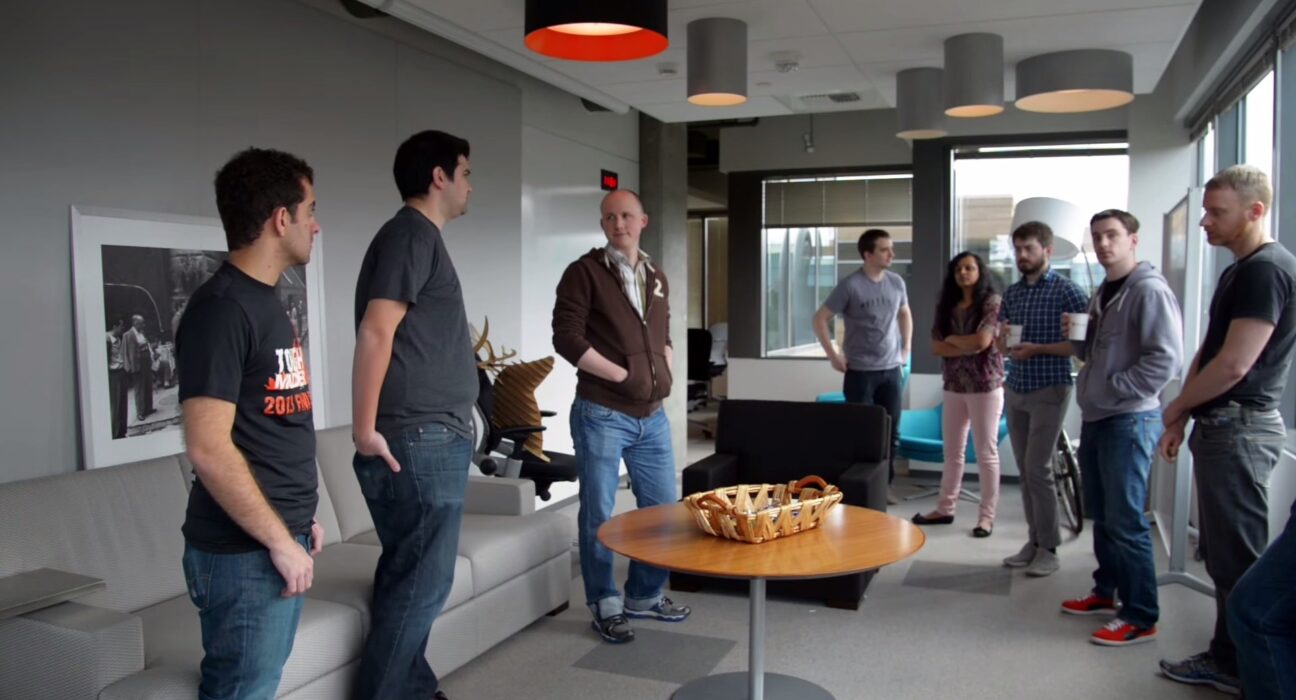

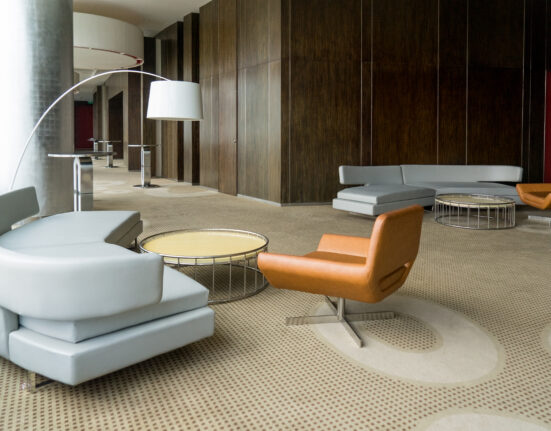
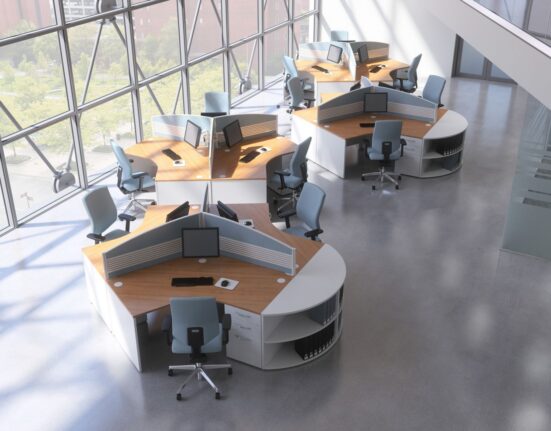
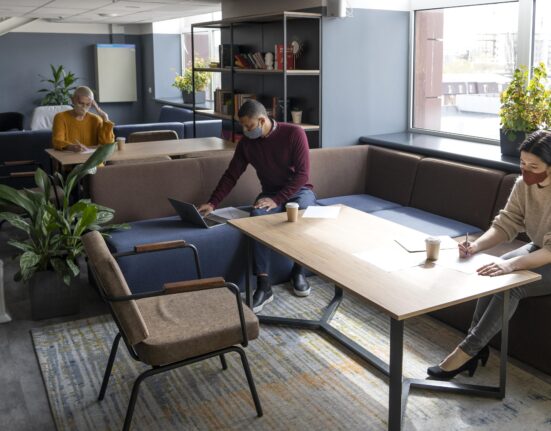
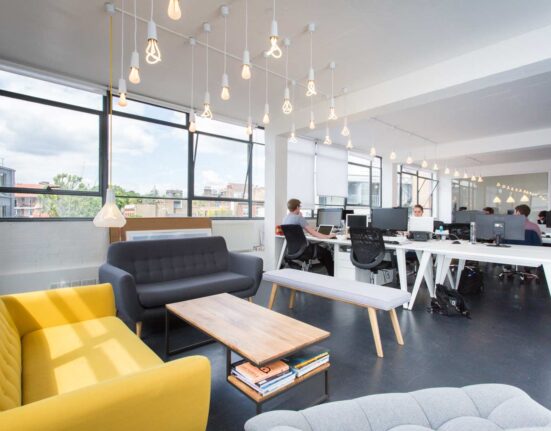
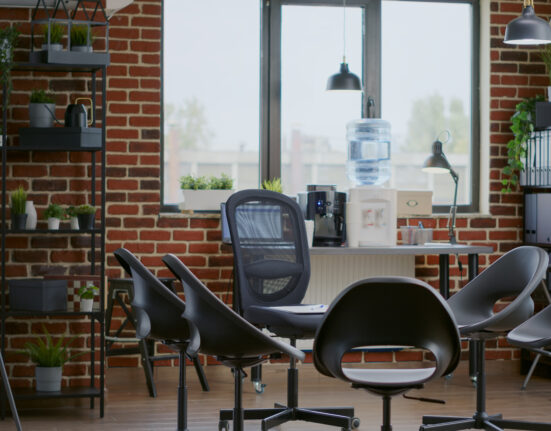
Leave feedback about this